ECO FRIENDLY BUILDING
Introduction
Eco-friendly building and high-performance homes stand at the forefront of this transformative era, embodying the principles of environmental stewardship, economic responsibility, and social equity. These structures do more than provide shelter; they offer a blueprint for a lifestyle that harmoniously integrates human needs with the Earth’s ecological balance.
In embracing this vision, we are not just constructing buildings; we are crafting legacies of sustainability. We are redefining the essence of comfort and efficiency, ensuring that every brick laid and every beam erected contributes to the well-being of our planet and its inhabitants. This subpage is not just a collection of information but a call to action—a guide for architects, builders, homeowners, and community leaders to forge a path towards a resilient, equitable, and sustainable future.
As you embark on this journey through eco-friendly building and high-performance homes, remember that every choice made in the design, construction, and operation of our built environment is a step towards realizing the vision of a world where communities thrive in harmony with nature, fostering well-being for all, now and for generations to come.
Impact of the Built Environment on the Planet
The choices we make in building and maintaining our structures have profound, far-reaching implications on the environment, society, and economy. Understanding these impacts is the first step towards mitigating them and steering our communities towards a more sustainable future.
Environmental Implications:

Resource Consumption
The construction industry is one of the largest consumers of global resources, with about 40% of raw materials globally being used in the construction sector. This immense demand contributes to resource depletion and habitat destruction.
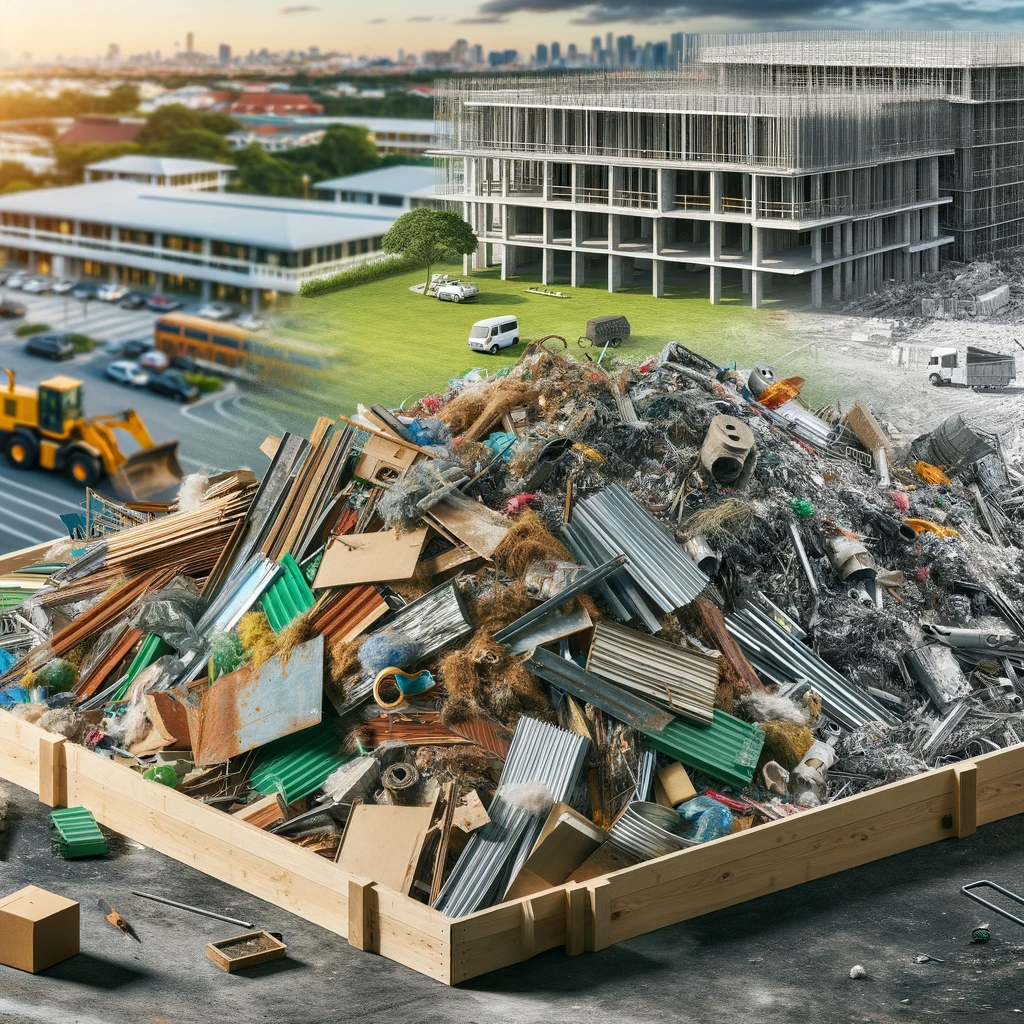
Waste Generation and Disposal

Carbon Footprint and Greenhouse Gas Emissions
The construction industry is responsible for approximately 38% of all carbon emissions globally. The energy-intensive process of producing materials like steel, cement, and glass adds to this footprint, emphasizing the need for sustainable material sourcing and building practices.
Social Implications
Health and Well-being:

Urban Heat Islands and Community Resilience:
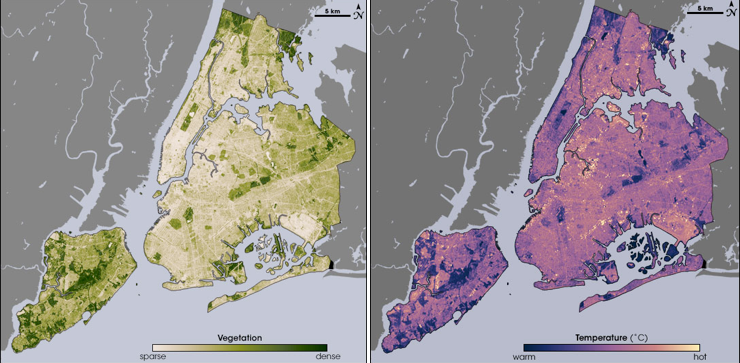
Economic Impact on Local Communities:
While the construction industry is a significant economic driver, it’s also associated with negative externalities like pollution and resource depletion. Adopting sustainable building practices can, however, open up new markets, create green jobs, and lead to long-term savings through energy efficiency and reduced waste.

Understanding these impacts is crucial in appreciating the potential of eco-friendly building and high-performance homes. By adopting sustainable practices, we can significantly reduce the negative effects of the built environment, paving the way for a future where our buildings contribute positively to our planet and its inhabitants.
What is a High-Performance Building?
Benefits of High-Performance Buildings

Environmental Benefits
- Significantly reduced greenhouse gas emissions due to lower energy consumption.
- Decreased water usage through innovative conservation methods.
- Minimized waste and pollution through sustainable construction and operational practices.

Economic Benefits
- Lower operating costs over the building’s life cycle due to energy and water efficiency.
- Increased property value stemming from advanced building features and sustainable certifications.
- Enhanced occupant productivity and satisfaction, which can translate to economic gains for businesses.

Social Benefits
- Improved health and comfort for occupants due to better indoor air quality and natural lighting.
- Contribution to the community by reducing strain on local infrastructure and utility systems.
- Encouragement of sustainable practices in the wider community through demonstration of benefits and leadership in design.
Key Features of High-Performance Buildings:

Energy Efficiency
- Utilization of passive solar design, high-efficiency HVAC systems, LED lighting, and smart building technologies to minimize energy use.
- Integration of renewable energy sources such as solar panels or wind turbines to meet energy demands sustainably.

Water Conservation
- Implementation of low-flow fixtures, efficient irrigation systems, and rainwater harvesting to reduce potable water consumption.
- Onsite wastewater treatment and water recycling systems to minimize water waste.

Indoor Air Quality and Thermal Comfort
- Use of non-toxic, low-emitting materials to ensure healthy indoor air quality.
- Air-tight construction combined with a dedicated ventilation system combined with a hepa filtration system can dramatically improve air quality indoors.
- Design that supports thermal comfort with the use of natural ventilation and advanced insulation techniques.
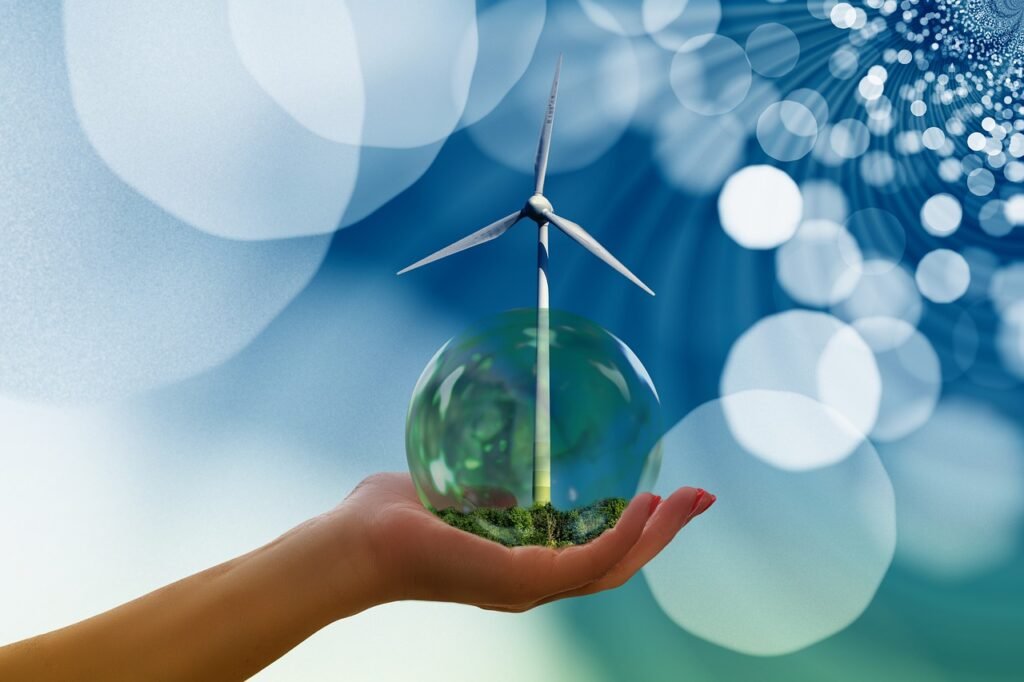
Use of Sustainable & Healthy Materials
- Selection of locally sourced, recycled, and renewable materials to lower the environmental impact.
- Preference for materials with a low carbon footprint and those that contribute to a building’s overall efficiency.
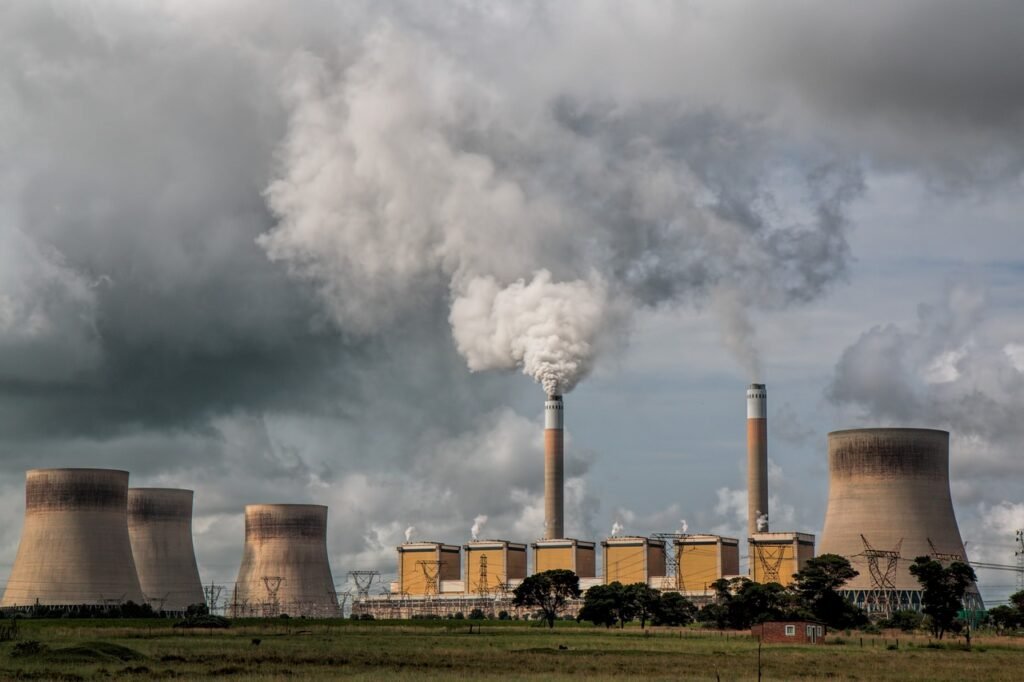
Flexibility and Adaptability
- Design strategies that allow for future changes in use or occupancy without major retrofits.
- Inclusion of features that can adapt to changing environmental conditions and technologies.
High-performance buildings represent the pinnacle of sustainable design and operation, serving as a fundamental component in our pursuit of a resilient and sustainable future. They are not just structures, but ecosystems in their own right, contributing positively to the health of the planet and its inhabitants.
Guides and Certifications for Eco-Friendly and High-Performance Buildings
Overview and History:
Developed by the U.S. Green Building Council (USGBC), LEED is one of the most widely recognized green building certification programs worldwide. It was created to evaluate the environmental performance of a building and encourage market transformation towards sustainable design.
Certification Levels and Criteria:
Case Studies
(Here, you would insert specific case studies of LEED-certified buildings, focusing on the benefits realized through achieving various levels of certification.)
Philosophy and Approach:
The Living Building Challenge is an international sustainable building certification program created by the International Living Future Institute. It is considered the most rigorous performance standard for buildings. The LBC promotes the creation of living buildings, landscapes, and communities that are self-sufficient, regenerative, and connect occupants to light, air, food, nature, and community.
Seven Performance Areas ("Petals")
The certification is organized into seven performance areas, known as Petals: Place, Water, Energy, Health & Happiness, Materials, Equity, and Beauty. Each Petal is subdivided into Imperatives, which focus on specific goals contributing to the Petal’s theme.
Principles of Passive House Design
Originating in Germany with the name “Passivhaus,” this standard is for energy efficiency in a building, reducing its ecological footprint. It results in ultra-low energy buildings that require little energy for space heating or cooling.
Benefits and Challenges
The benefits include significantly reduced utility bills, high levels of comfort, and a constant supply of fresh air. However, challenges can include the upfront cost and the need for meticulous design and construction practices to achieve the airtightness required.
Case Studies
(Feature a selection of buildings certified under the Passive House standard, detailing the design features that contribute to their energy efficiency.)
WELL Building Standard
Focus on Human Health and Well-being:
The WELL Building Standard is the leading tool for advancing health and well-being in buildings globally. It is centered on the ways that buildings, and everything in them, can improve comfort, drive better choices, and generally enhance, not compromise, health and wellness.
Key Features and Certification Process
WELL measures attributes of buildings that impact occupant health by looking at seven factors: air, water, nourishment, light, fitness, comfort, and mind. Certification requires passing a third-party verification process to ensure that the building’s design and operations meet the WELL criteria.
Case Studies:
(Provide examples of WELL-certified buildings, emphasizing the health and well-being measures implemented and the impact on occupants.)
In addition to the widely recognized certifications like LEED, LBC, Passive House, and WELL, there are numerous other programs globally that focus on various aspects of eco-friendly and high-performance buildings:
- BREEAM (Building Research Establishment Environmental Assessment Method):
- Origin: United Kingdom
- Focus: Assessing and improving environmental performance.
- NABERS (National Australian Built Environment Rating System):
- Origin: Australia
- Focus: Measuring the environmental performance of Australian buildings and tenancies.
- Earth Advantage:
- Origin: United States
- Focus: Sustainable building practices and certification for homes and buildings.
- SITES Certification for Sustainable Landscapes:
- Global Reach
- Focus: Sustainable land development and management practices.
- GRESB (Global Real Estate Sustainability Benchmark):
- Global Reach
- Focus: Assessing the sustainability performance of real estate assets.
- Fitwel:
- Origin: United States
- Focus: Building health for occupants.
- EDGE (Excellence in Design for Greater Efficiencies):
- Global Reach
- Focus: Energy and resource-efficient buildings.
Comparison of the Certifications: Which is Right for You?
Choosing the right certification depends on your project goals, budget, location, and the values of your organization or community. For example, LEED may be suitable for projects aiming for broad environmental improvements, while WELL focuses on human health within the built environment. The Passive House standard is ideal for projects with the primary goal of energy efficiency, and LBC for those aiming for full sustainability and self-sufficiency.
To determine the best fit, consider consulting with a certified professional who can help evaluate your project in the context of these standards.
Innovative Technologies and Techniques in Sustainable Building
Smart Building and Home Automation
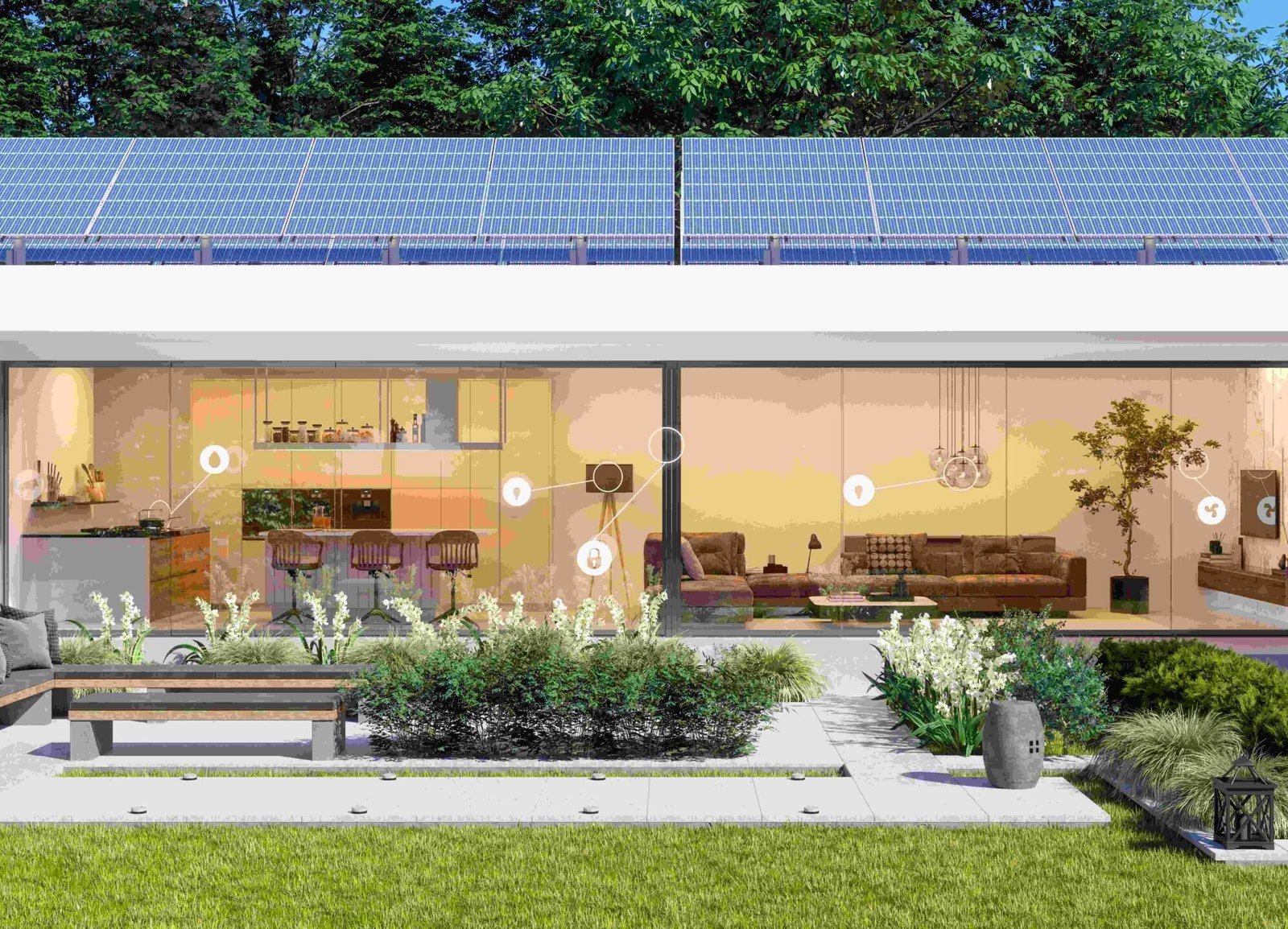
Renewable Energy Integration

Greywater and Rainwater Harvesting Systems
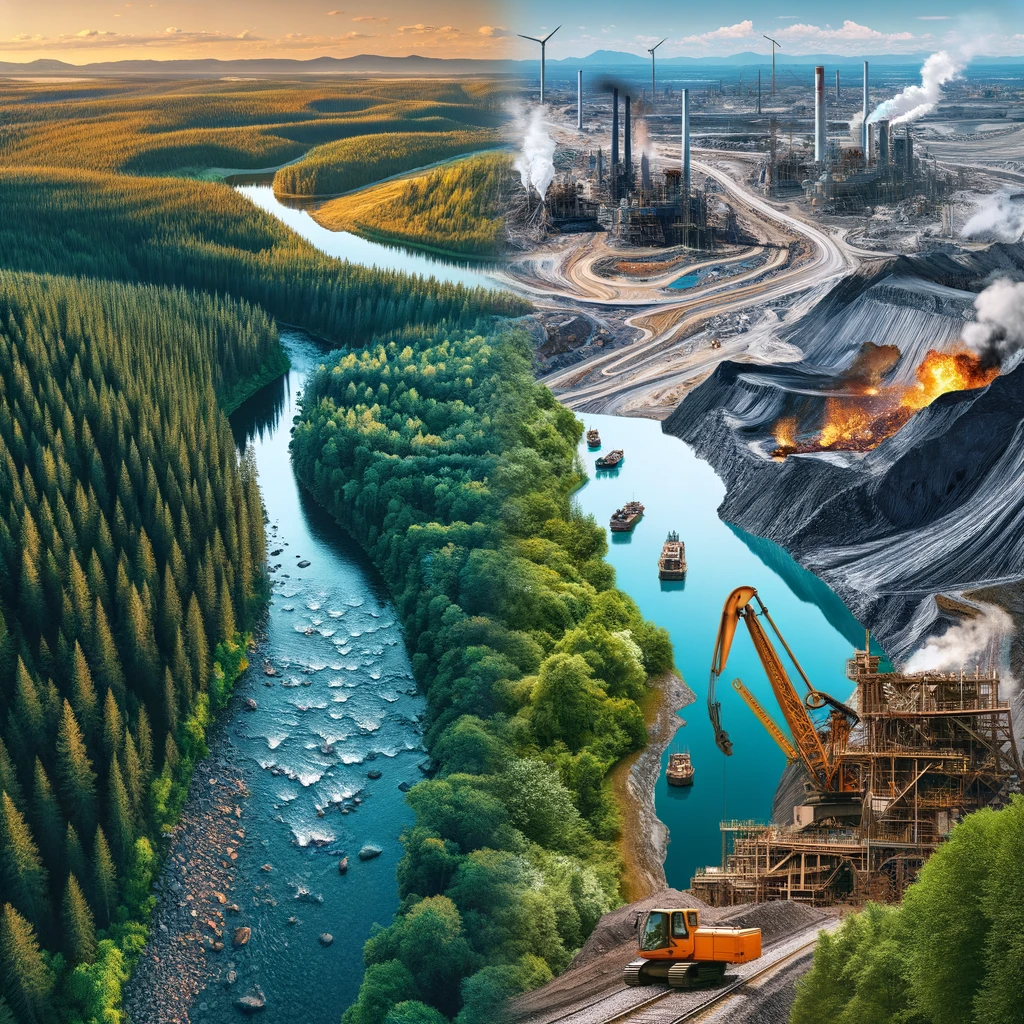
Green Roofs and Walls
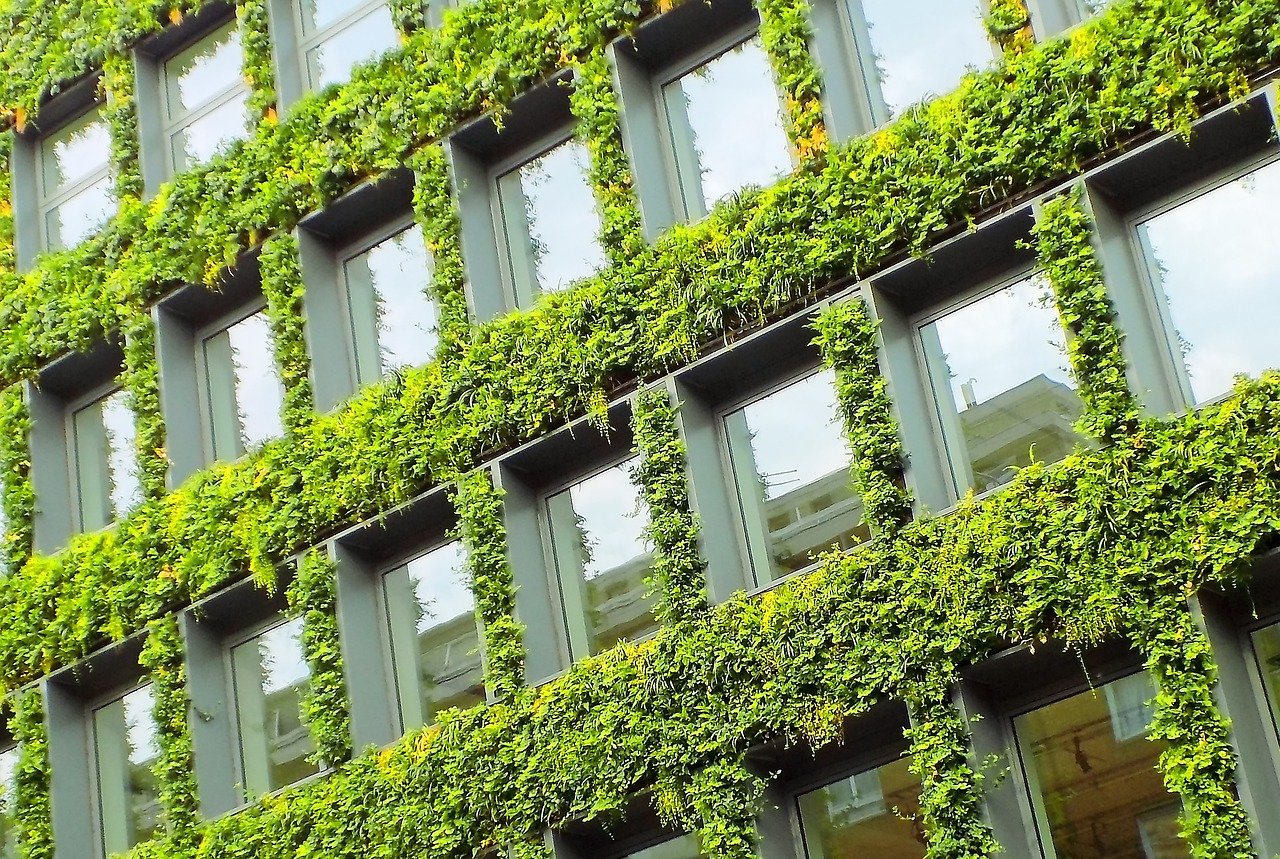
Sustainable Landscaping and Xeriscaping
Incorporating these technologies and techniques into building design is not just about reducing environmental impact; it’s about creating a blueprint for a healthier, more sustainable future. By leveraging these innovations, we can create buildings that are not only efficient and resilient but also symbiotic with the ecosystems they inhabit.
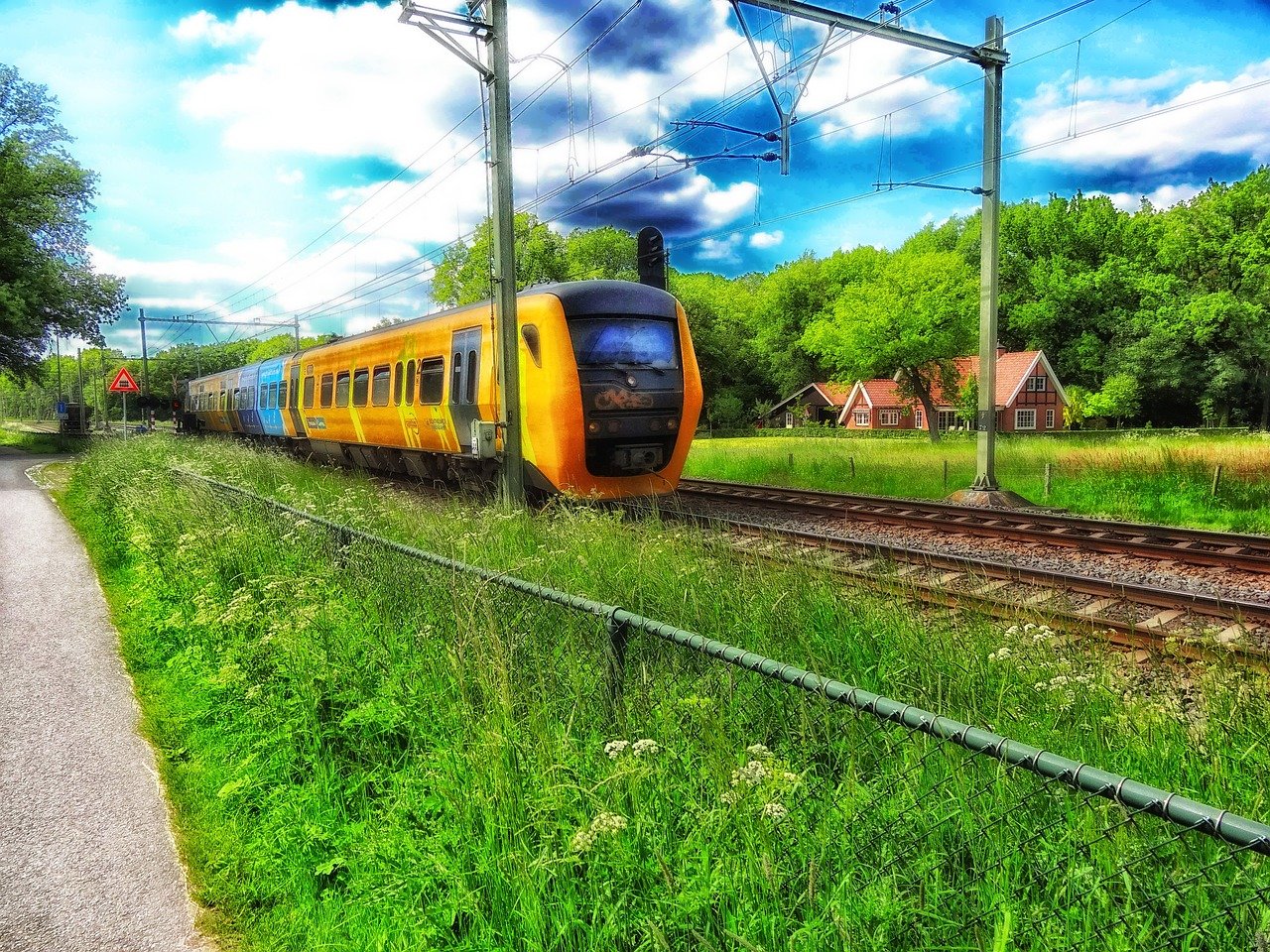

Adaptive Reuse and Building Rehabilitation
In an era where sustainability is paramount, adaptive reuse and building rehabilitation stand out as profoundly impactful strategies. These approaches not only breathe new life into old structures but also embody the principles of resource conservation, cultural preservation, and community revitalization.

The Importance of Rehabilitating Existing Buildings
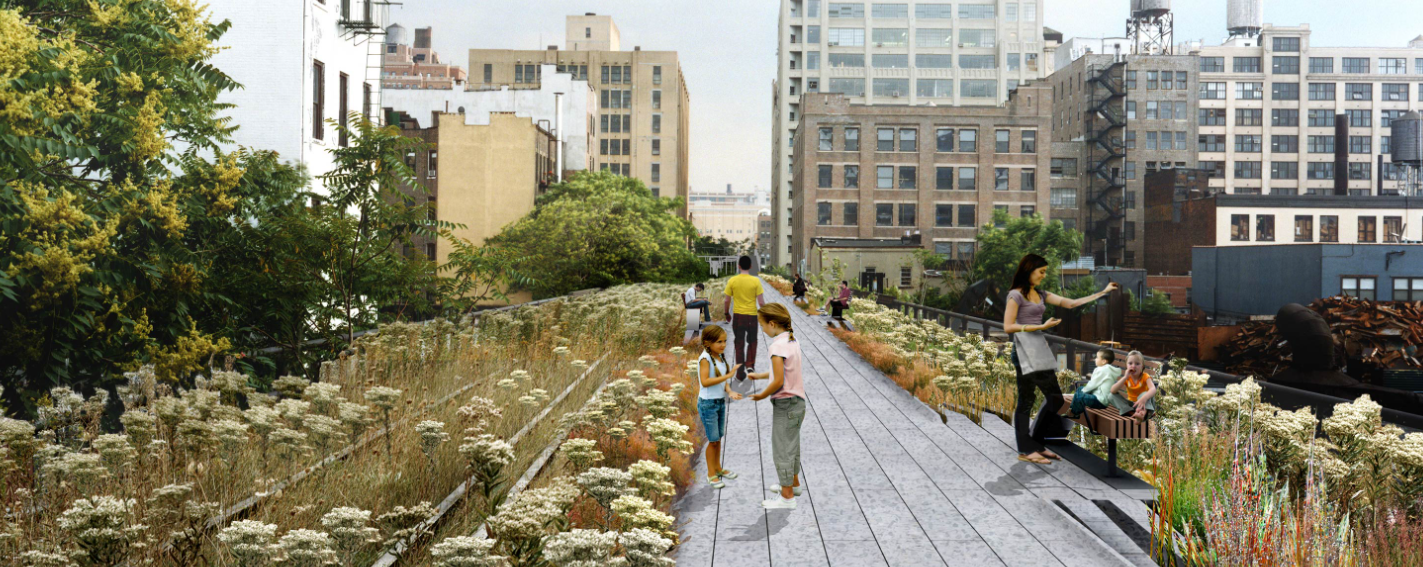
Environmental and Economic Benefits of Adaptive Reuse
Future Trends in Sustainable Building
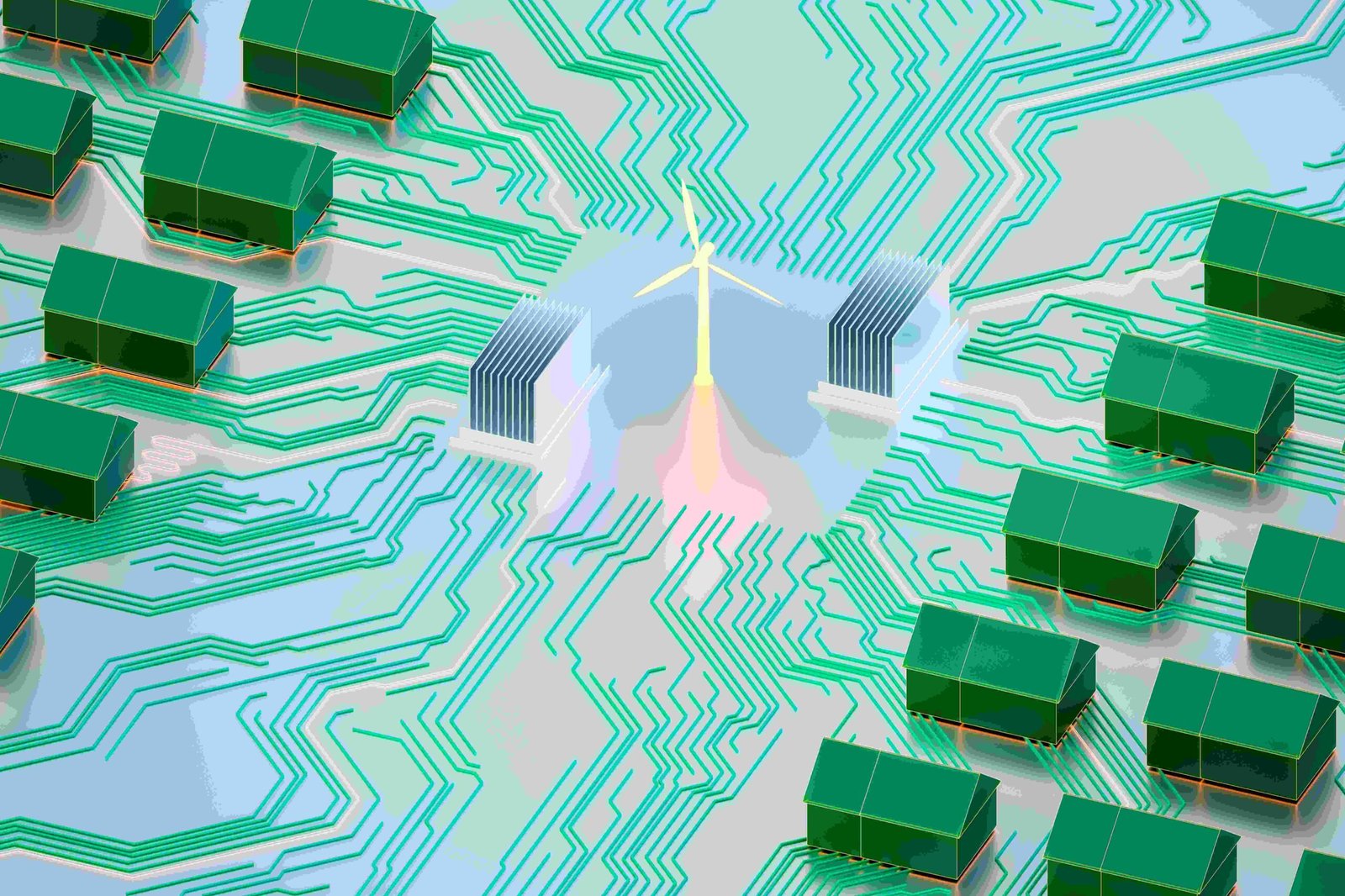
Net-Zero Energy Buildings
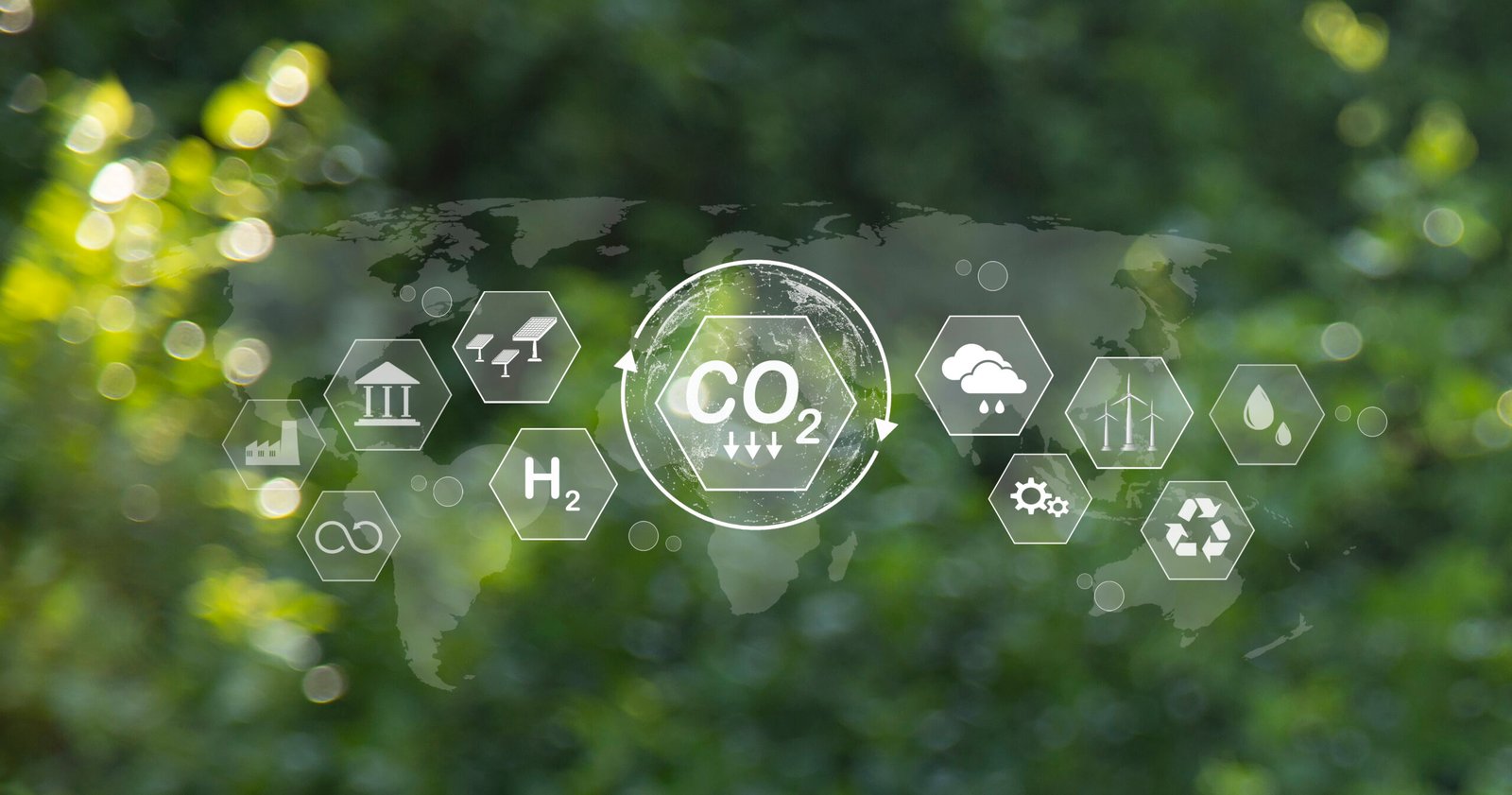
Resilient Design for a Changing Climate
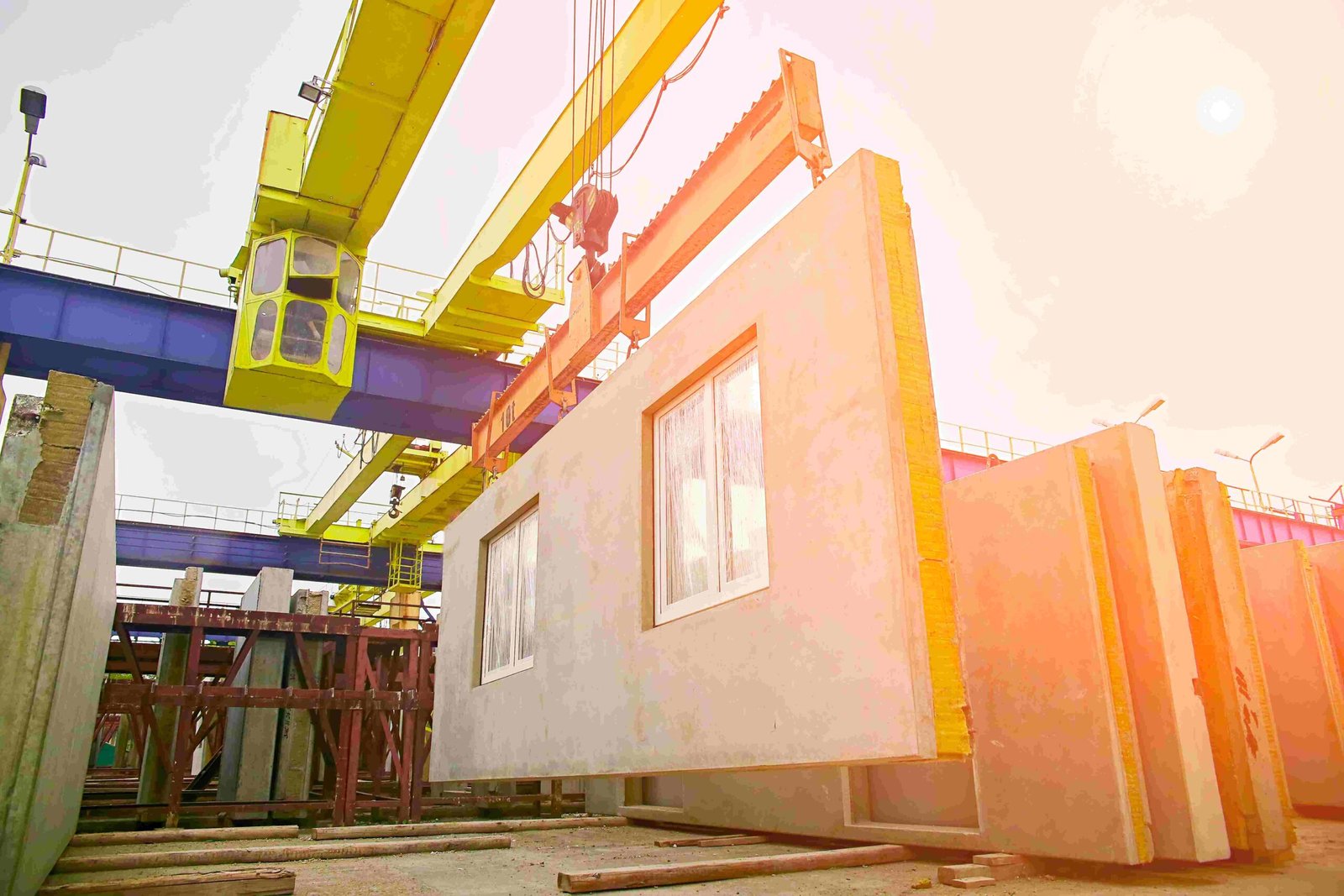
Modular and Prefab Construction
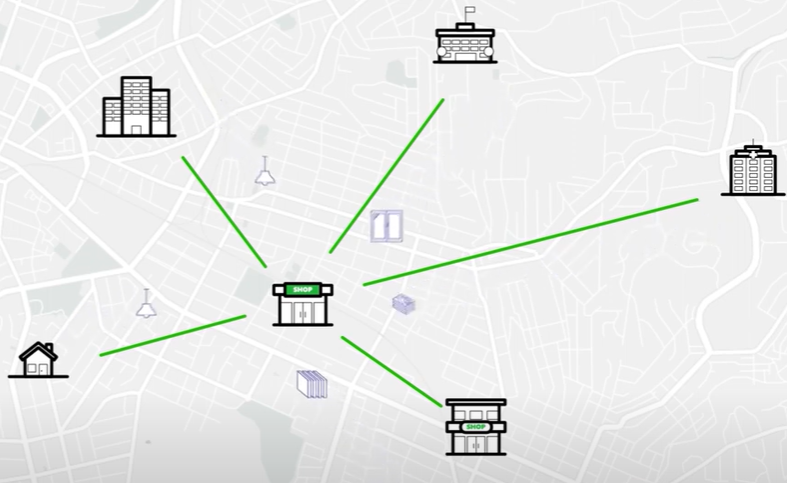
Circular Economy in the Building Industry
These future trends are not just about adopting new technologies; they represent a shift towards a more thoughtful and responsible approach to building. They reflect a growing recognition that the spaces we inhabit are integral to our collective well-being and the health of the planet.
